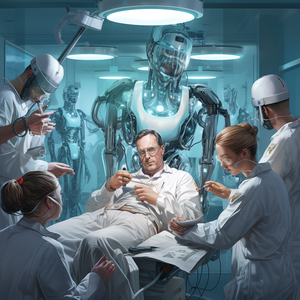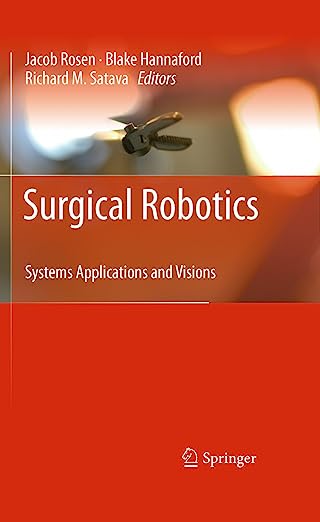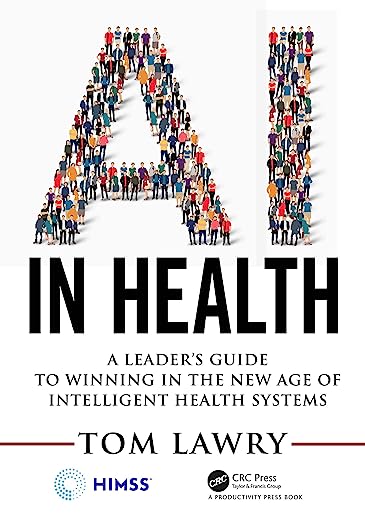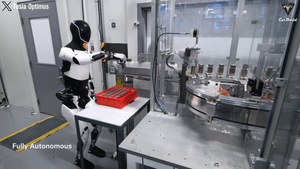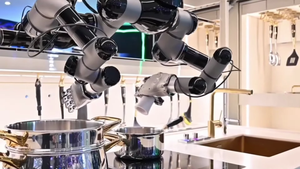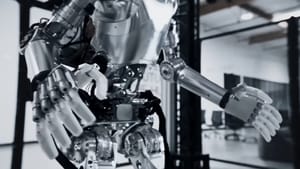The field of medicine has always been at the forefront of technological innovation. From the discovery of antibiotics to the development of advanced imaging techniques, each new breakthrough has revolutionized the way we approach healthcare. One of the most significant advancements in recent years has been the integration of robotics into various medical procedures. This article will take you through the timeline of medical robotics, highlighting key milestones and discussing the impact of these technologies on patient care.
The Dawn of Medical Robotics
The journey of medical robotics began in the late 20th century. The first surgical robot, the PUMA 560, was used in a neurosurgical biopsy procedure in 1985. This marked a significant turning point in the history of medicine, opening the door to the possibility of using robots to assist in complex surgical procedures.

In the book "Surgical Robotics: Systems Applications and Visions" by Jacob Rosen, Blake Hannaford, Richard M. Satava, the authors delve into the early development of surgical robots, providing valuable insights into the challenges and triumphs of this pioneering era.
The Rise of Robotic Surgery
The late 1990s and early 2000s saw the rise of robotic surgery with the introduction of the da Vinci Surgical System. This system, which is still widely used today, allows surgeons to perform delicate procedures with increased precision and control. The da Vinci system was a game-changer, demonstrating the potential of robotic assistance in improving surgical outcomes.

The Current State of Medical Robotics
Today, medical robots are used in a wide range of applications, from surgery to rehabilitation and even in dispensing medication. Robots can now perform complex tasks that require a high level of precision, such as suturing wounds or performing delicate eye surgery.
In the book "AI in Health: A Leader’s Guide to Winning in the New Age of Intelligent Health Systems" by Tom Lawry, the author explores the current state of AI and robotics in healthcare, highlighting the transformative potential of these technologies.
The Future of Medical Robotics
The future of medical robotics is incredibly promising. With advancements in AI and machine learning, robots are becoming increasingly autonomous, capable of performing complex tasks without human intervention. This could revolutionize areas of medicine that are currently resource-intensive, such as surgery and patient care. For example, Nueralink has successfully developed and refined a surgical robot for BCI implants.

The Neuralink Surgical Robot
The Neuralink surgical robot is a marvel of engineering. It is designed to perform the delicate task of implanting thin, flexible electrode threads into the brain. The robot, which resembles a large sewing machine, uses a needle to insert the threads, avoiding blood vessels to minimize the risk of damage. This process is crucial as it reduces the risk of inflammation or rejection, which could compromise the functionality of the implants.

The Role of the Robot in the Implantation Process
The surgical robot plays a pivotal role in the implantation process. It is responsible for inserting the Neuralink device, a process that requires exceptional precision. The robot is capable of inserting six threads (192 electrodes) per minute. Each thread is about the same diameter as a neuron, which means the robot must be incredibly accurate to avoid damaging the brain.


Pinpointing the exact location of the threads the robot has to implant is not trivial and due to the level of precision and repeatability that is required... How can I put this nicely, you can't trust human hands for the job 😅
We use multiple scanning technologies to ensure that we target the optimal brain region with our implant. MRI and CT scans are aligned and used to guide the position of the implant on the skull surface intraoperatively. Functional MRI scans are used to identify the desired region… pic.twitter.com/MxQhfqnr1X
— Neuralink (@neuralink) July 12, 2023
The Potential of Neuralink
The potential applications of Neuralink are vast. In the short term, Musk envisions the technology helping people with severe neurological conditions. It could potentially restore sensory and motor function, improve the symptoms of neurological disorders, and even allow for the control of devices using thought alone.
In the long term, Musk has suggested that Neuralink could be used for human enhancement, such as improving memory or allowing for direct interfacing with electronic devices.

Challenges and Controversies
Despite the exciting potential of Neuralink, the project has not been without its controversies. Some experts have raised ethical concerns about the potential for misuse of the technology, particularly in terms of privacy and security. There are also significant technical challenges to overcome, including the long-term stability of the implanted threads and the development of a fully implantable device that can communicate wirelessly with external devices.

Conclusion
The evolution of medical robots is a testament to the incredible advancements in technology and medicine. From the first surgical robot to the sophisticated systems we see today, each development has brought us closer to a future where robots are an integral part of healthcare. As we continue to innovate, there's no telling what the next chapter in the timeline of medical robotics will look like.

